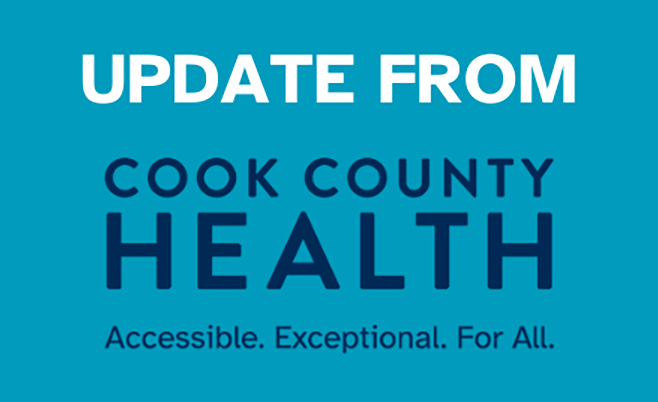Better health care for low-income patients, more manageable costs for hard-pressed taxpayers
Last year, Cook County officials finally persuaded state regulators to let them convert the white elephant known as Oak Forest Hospital into something the county’s nearly $1 billion health system genuinely needed: a regional outpatient center to better serve mostly low-income patients.
State permission finally arrived last August. As a result, we’re now getting a glimpse of the future of county health care. And we like the strategy we see: Cook County is redeploying dollars that in the past have been spent on inpatient care, even as the need for inpatient services declines. Instead, resources are shifting to outpatient services — including preventive care that should reduce the number of costly emergency room visits as well as the number of people who wind up in similarly costly hospital rooms.
On Wednesday, Cook County Board President Toni Preckwinkle led a delegation of county pols and health officials to a groundbreaking for the facility’s upcoming renovation. Officials touted all the state-of-the art diagnostic imaging equipment that will be installed — CT scanners, ultrasound equipment for OB-GYN tests and mammography equipment. The renovation also means expanded cardiology care for patients in the community. And a new urology service. And more outpatient psychiatric services.
All of this is part of an ongoing $19 million conversion of the former hospital, which was severely underused. It’s also part of a promise that Preckwinkle and health system leaders made to residents who live in the southern reaches of the county: Last summer, people in those communities protested the end of inpatient services at Oak Forest, even though two-thirds of its beds were empty. Residents feared that relying instead on Stroger Hospital, west of downtown, for inpatient services would diminish their care.
What has happened since then, including the announcement this week, shows that the county is serious about improving rather than degrading medical services in that part of the county.
That’s a big win for Cook County, for taxpayers that support the health system — and for patients who have expanded access to physicians.
Dr. Ram Raju, CEO of the county’s health system, has a mantra for this: “patient-centric.” He means care that focuses on managing patient care more effectively so people stay healthy, avoiding costly hospital stays and ER visits. Whether that means more front-line services at Oak Forest in some specialties and less in others remains to be seen, he told us. Patient demand will dictate.
Raju hopes Oak Forest becomes “a model for the future ambulatory care network.” Most dramatically, Raju envisions a health care center without a waiting room. “The idea is for patients to come in and go directly to the treatment room. We need the flow controlled in such a way that people do not have to wait. If the waiting room is there, (medical personnel) feel they can take their time. I really want to change that model.”
The retrofitting of Oak Forest is a big step toward something that officials at every level — federal, state, local — struggle to provide: quality medical care at reasonable cost.
Importantly, this Oak Forest renovation won’t exacerbate the county’s projected revenue shortfall. To the contrary: These changes will save the county an estimated $22.4 million this year.
Cook County health system officials need to keep pushing these smart changes. The county’s Provident Hospital on Chicago’s South Side, which already has shifted much of its former inpatient emphasis to outpatient care, can’t even fill its remaining 25 staffed beds daily.
The county still faces a huge projected revenue shortfall this year. And next year. And likely every year until costs align with available funds. But resources wasted on keeping unused beds open — or maintaining a duplication of inpatient care, as was the case when Cook County had three full-service hospitals — drains away money better spent on treatments that outpatients need.
Victory at Oak Forest sounds good to us — and, we’re guessing, good to patients who needed a regional outpatient center, not a redundant and sparsely used hospital.
Copyright © 2012, Chicago Tribune

